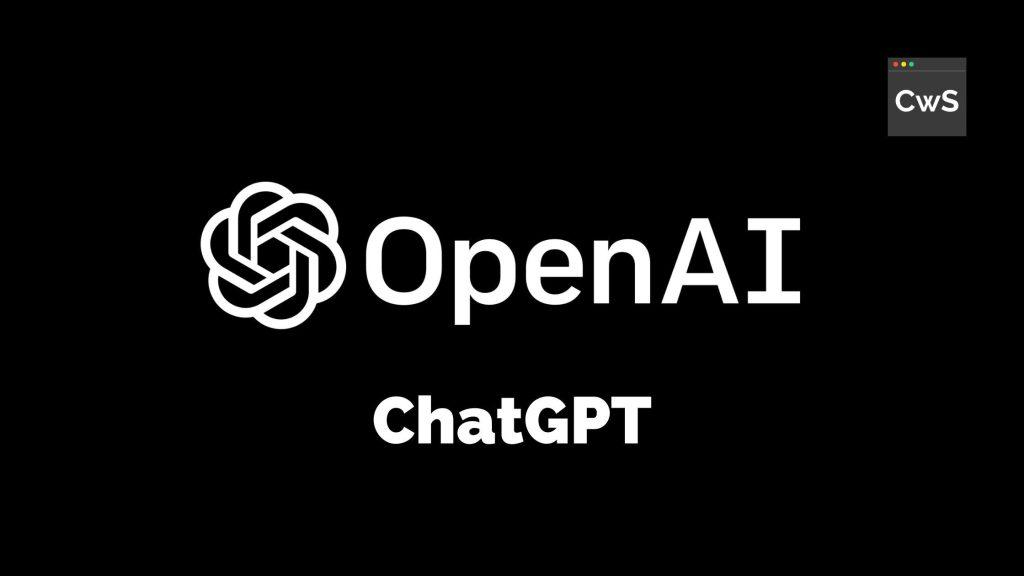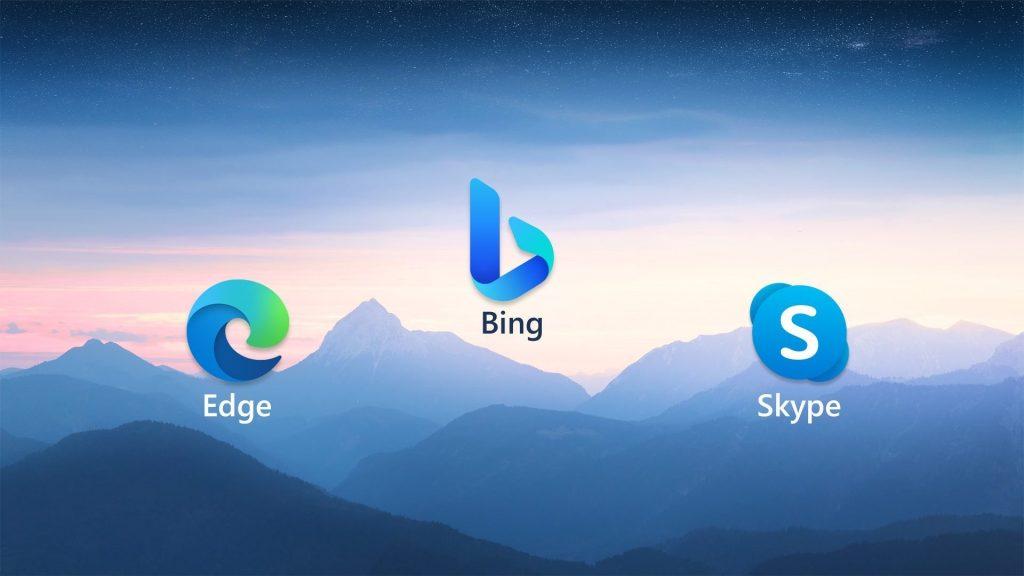A computer designed to emulate the brain’s data processing and storage methods could potentially enhance the efficiency and capabilities of artificial intelligence models.
Intel has developed the world’s largest neurotrophic computer, aiming to mimic the functionality of the human brain. The company anticipates that this device will be capable of running more advanced AI models compared to traditional computers. However, experts caution that there are significant engineering challenges to overcome before such a device can rival, let alone surpass, current state-of-the-art technology.
Expectations for neurotrophic computers are high due to their fundamental differences from traditional machines. Unlike regular computers that use processors for operations and separate memory for data storage, neurotrophic devices employ artificial neurons for both computation and storage, mirroring the brain’s operation. This eliminates the need to transfer data between components, which often acts as a bottleneck in current computing systems.
This architecture promises much greater energy efficiency. Intel claims that its new Hala Point neurotrophic computer consumes 100 times less energy than conventional machines when solving optimization problems. It could also revolutionize AI model training and execution by leveraging neuron chains, mimicking the brain’s information processing, rather than sequentially passing inputs through layers of artificial neurons, as current models do.
Hala Point boasts 1.15 billion artificial neurons distributed across, 1152 Loihi 2 Chips, capable of performing 380 trillion synaptic operations per second. Despite its immense power, it occupies just six racks in a standard server case, a space comparable to a microwave oven. Intel suggests that larger systems are feasible, hinting at the scalability of the technology.
While Hala Point sets a new standard in neurotrophic computing, other projects like Deep South aim to rival its capabilities, claiming 228 trillion synaptic operations per second.
Intel envisions that a machine like Hala Point could enable AI models to learn continuously, eliminating the need for retraining from scratch for each new task. However, some experts dismiss this as exaggerated.
Current models, like ChatGPT, are trained in parallel using graphics cards, enabling multiple chips to work on training the same model simultaneously. In contrast, neurotrophic computers process a single input and cannot be trained in parallel, making it a lengthy process to train models like ChatGPT on such hardware. Nevertheless, Intel hopes that in the future, neurotrophic systems could facilitate continual learning for pre-trained models efficiently.
Neurotrophic computers hold promise for various computer science problems and could lead to significant efficiency gains once software development tools for this unique hardware mature. They also offer a potential pathway towards achieving artificial general intelligence, a goal deemed unattainable with current large language models.














